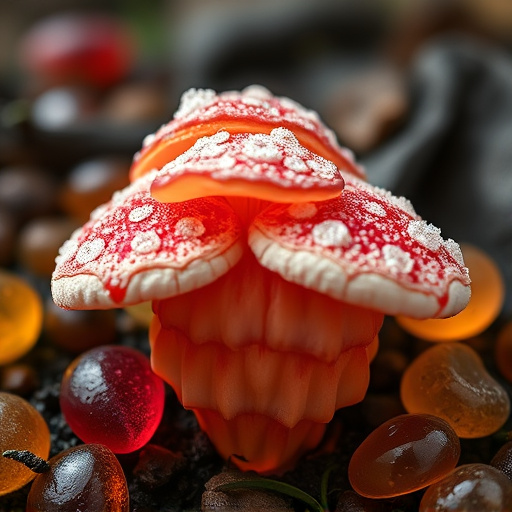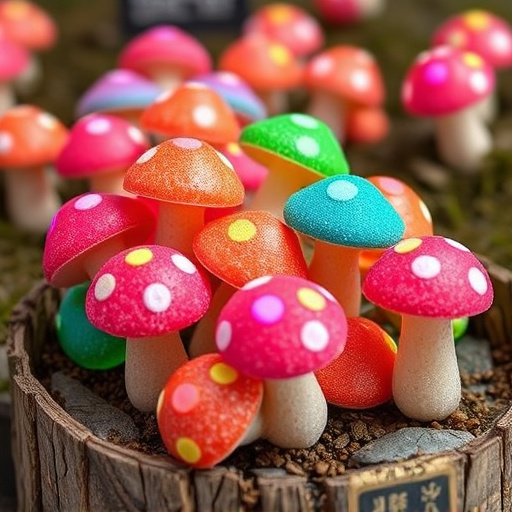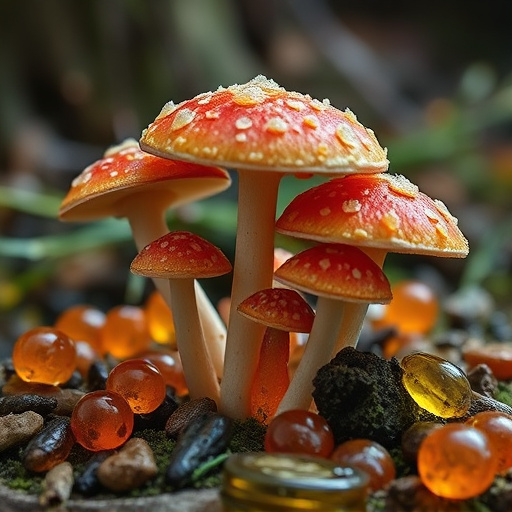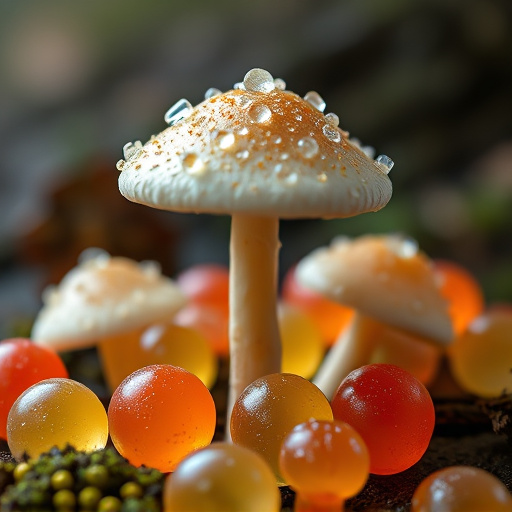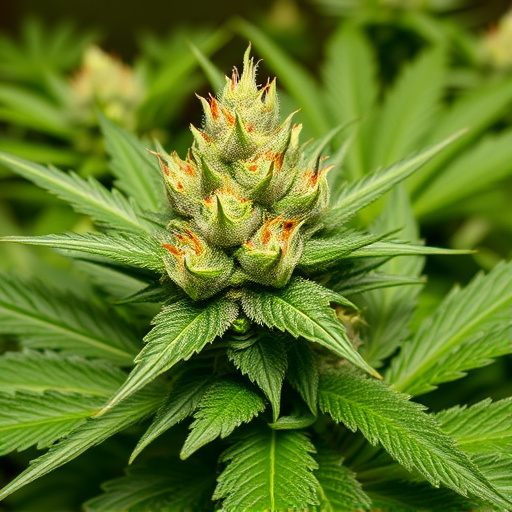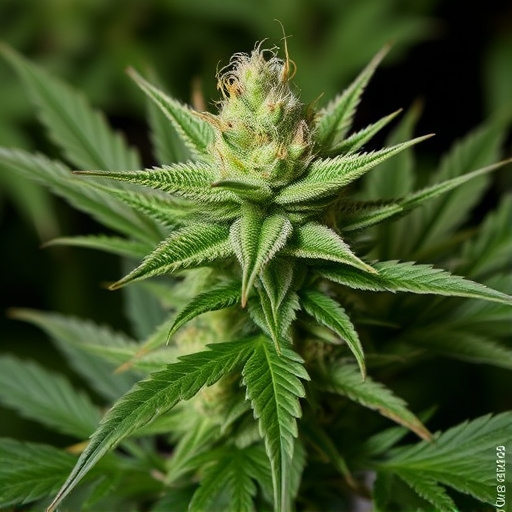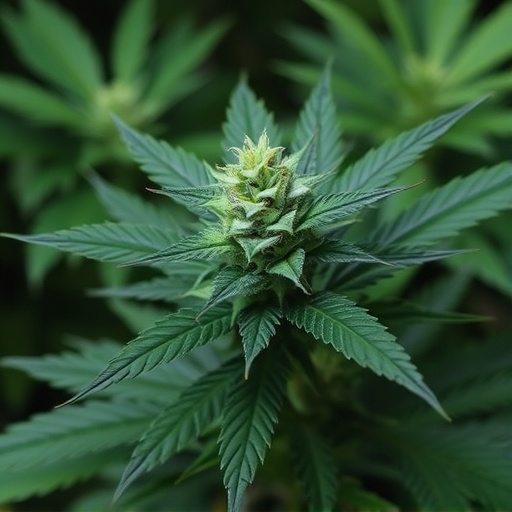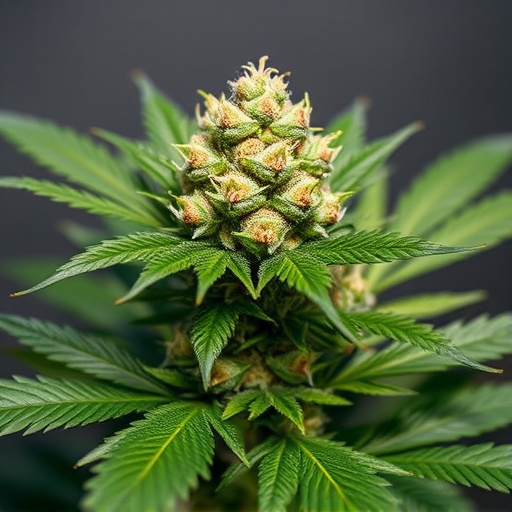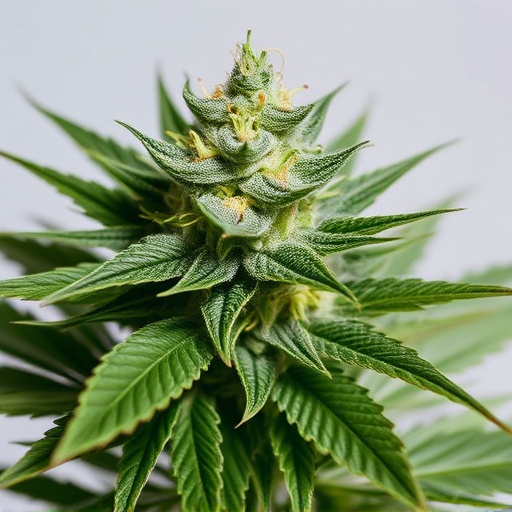Trichomes, microscopic hairs on cannabis plants, are vital for quality control. They produce terpenes, flavonoids, and cannabinoids like THC and CBD, shaping aroma, flavor, and effects. While less visible in low odor strains, trichomes indicate optimal harvest time, ensuring superior, balanced profiles catering to diverse consumer preferences, including those who prefer subtler scents. Growers use trichome appearance, color, and density for precise harvest timing, enhancing the overall quality of low odor cannabis varieties.
“Unveil the secrets of cannabis quality control with a focus on trichomes—the tiny, sticky structures that hold immense value. This guide delves into the art of checking trichomes, an essential skill for cultivators and enthusiasts alike. Learn how these microscopic glands impact harvest timing and strain characteristics, especially in the context of low odor cannabis strains. From understanding their role to mastering evaluation techniques, this article equips you with knowledge to ensure top-tier cannabis experiences.”
- Understanding Trichomes and Their Role in Cannabis Quality
- – Definition of trichomes and their function
- – Importance in determining harvest time and strain characteristics
Understanding Trichomes and Their Role in Cannabis Quality
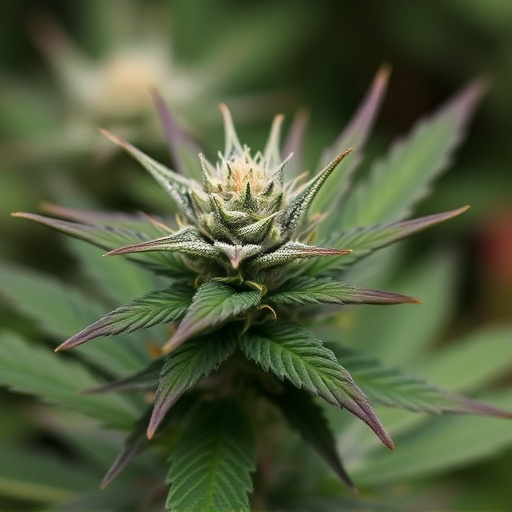
Trichomes, tiny glandular hairs found on the surface of cannabis plants, play a pivotal role in determining the quality and potency of harvested buds. They produce a range of terpenes, flavonoids, and cannabinoids, including THC and CBD, which contribute to the plant’s unique aroma, flavor, and therapeutic effects. In low odor cannabis strains, trichomes often have a more subtle presence, making them less obtrusive to the senses but no less valuable.
These microscopic structures not only influence the sensory experience of consuming cannabis but also serve as indicators of maturity and health. By examining trichomes under a magnifying glass or using specialized lighting, growers and enthusiasts can assess their resinous appearance, color, and density to predict optimal harvest timing. Understanding trichome development is key to ensuring top-quality cannabis with balanced profiles that cater to diverse consumer preferences, including those who prefer subtler, low-odor varieties.
– Definition of trichomes and their function
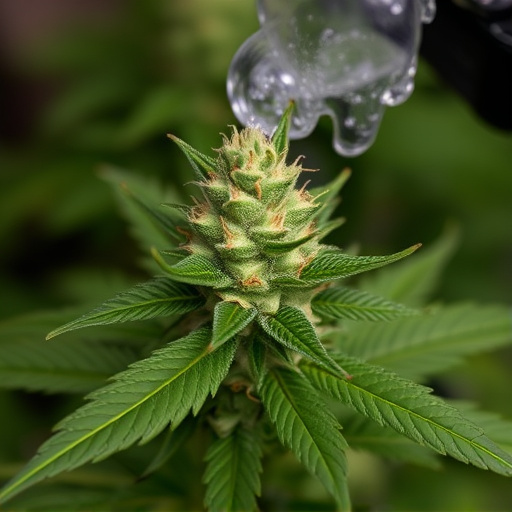
Cannabis plants boast intricate structures known as trichomes, tiny glandular hairs that play a pivotal role in the plant’s defense mechanism and overall quality. These trichomes secrete compounds, including terpenes and cannabinoids, which contribute to the plant’s aroma, flavor, and potential therapeutic effects. In the context of low odor cannabis strains, understanding trichomes becomes crucial for cultivators and enthusiasts alike. By examining these structures, one can gauge the maturity, potency, and overall quality of the harvested flowers, ensuring a superior cannabis experience without overwhelming scents.
Trichomes are particularly notable for their role in protecting the plant from pests and diseases. They produce sticky resins that trap potential invaders, helping the plant avoid damage. As cannabis flowers mature, the trichomes swell and become more viscous, often appearing as tiny clear or amber bubbles on the surface of the buds. This transformation indicates an increase in cannabinoid concentration, with THC (tetrahydrocannabinol) being the primary compound of interest for its psychoactive effects. Thus, checking trichome development is a critical step in determining the optimal harvesting time for low odor cannabis strains, ensuring a subtle yet desirable flavor profile and a balanced cannabinoid makeup.
– Importance in determining harvest time and strain characteristics
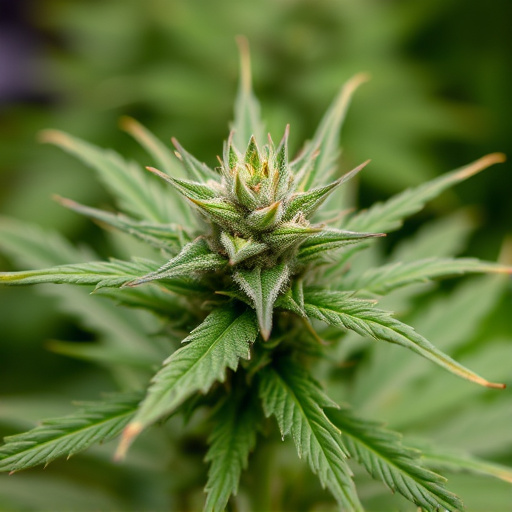
Determining the optimal harvest time is crucial for ensuring top-quality cannabis. One effective method to achieve this is by examining trichomes, microscopic hair-like structures that cover the surface of cannabis flowers. Trichome analysis plays a vital role in understanding when a strain is ready for harvesting, as it directly correlates with the plant’s maturity and potency.
For low odor cannabis strains, in particular, trichome inspection becomes even more critical. These strains often have reduced levels of terpenes, which are responsible for their aroma. By closely observing the trichomes’ appearance and resin production, cultivators can anticipate the final product’s flavor profile and terpene content. This knowledge enables them to time their harvest precisely, maximizing the potential for a subtle yet delightful sensory experience in low odor cannabis varieties.
In conclusion, mastering the art of trichome inspection is a game-changer for cannabis cultivators. By understanding these microscopic structures and their role in defining harvest quality, especially for low odor cannabis strains, growers can ensure consistent and desirable products. Regular monitoring allows for precise timing of harvesting, preserving the unique characteristics of each strain, and ultimately enhancing the overall consumer experience.
